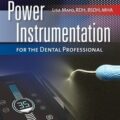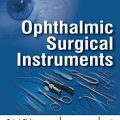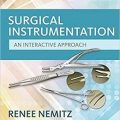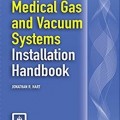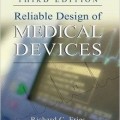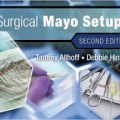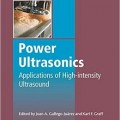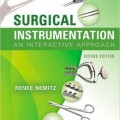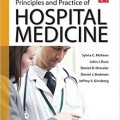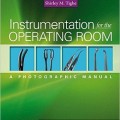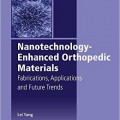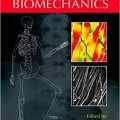دانلود کتاب ابزار و دستگاههای پزشکی: اصول و تمرین
Medical Instruments and Devices: Principles and Practices, 1ed
Medical Instruments and Devices: Principles and Practices originates from the medical instruments and devices section of The Biomedical Engineering Handbook, Fourth Edition. Top experts in the field provide material that spans this wide field. The text examines how biopotential amplifiers help regulate the quality and content of measured signals. It includes instruments and devices that span a range of physiological systems and the physiological scale: molecular, cellular, organ, and system. The book chronicles the evolution of pacemakers and their system operation and discusses oscillometry, cardiac output measurement, and the direct and indirect methods of measuring cardiac output. The authors also expound on the mechanics and safety of defibrillators and cover implantable stimulators, respiration, and the structure and function of mechanical ventilators.
In addition, this text covers in depth:
- Anesthesia Delivery
- Electrosurgical Units and Devices
- Biomedical Lasers
- Measuring Cellular Traction Forces
- Blood Glucose Monitoring
- Atomic Force Microscopy
- Parenteral Infusion Devices
- Clinical Laboratory: Separation and Spectral Methods
- Clinical Laboratory: Nonspectral Methods and Automation
- Noninvasive Optical Monitoring
An offshoot from the definitive “bible” of biomedical engineering, Medical Instruments and Devices: Principles and Practices offers you state-of-the-art information on biomedical instruments and devices. This text serves practicing professionals working in the areas of medical devices and instrumentation as well as graduate students studying bioengineering, instrumentation, and medical devices, and it provides readers with a practical foundation and a wealth of resources from well-known experts in the field.
About the Author
Dr. Steven Schreiner joined The College of New Jersey (TCNJ) in 2008, where he currently serves as dean of the School of Engineering and Professor of Electrical and Computer Engineering. He received a B.S. in electrical engineering from Western New England University, Springfield, Massachusetts, and earned both his M.S. and Ph.D. in biomedical engineering from Vanderbilt University, Nashville, Tennessee. Following post-doctoral research fellowships in neurosurgery at Vanderbilt and radiology at the Johns Hopkins University School of Medicine, he held the position of senior biomedical engineer with Integrated Surgical Systems, Inc., Sacramento, CA. He is the founding chairman of the Biomedical Engineering Department at his alma mater, Western New England University.
Contents
Biopotential Amplifiers
Bioelectric Impedance Measurements
Implantable Cardiac Pacemakers
Noninvasive Arterial Blood Pressure and Mechanics
Cardiac Output Measurement
External Defibrillators
Implantable Defibrillators
Implantable Stimulators for Neuromuscular Control
Respiration
Mechanical Ventilation
Essentials of Anesthesia Delivery
Electrosurgical Devices
Biomedical Lasers
Instrumentation for Cell Mechanics
Blood Glucose Monitoring
Atomic Force Microscopy: Opportunities and Challenges for Probing Biomolecular Interactions
Parenteral Infusion Devices
Clinical Laboratory: Separation and Spectral Methods
Clinical Laboratory: Nonspectral Methods and Automation
Noninvasive Optical Monitoring




